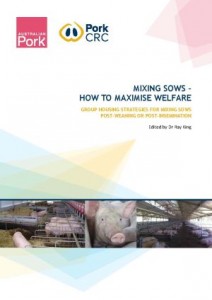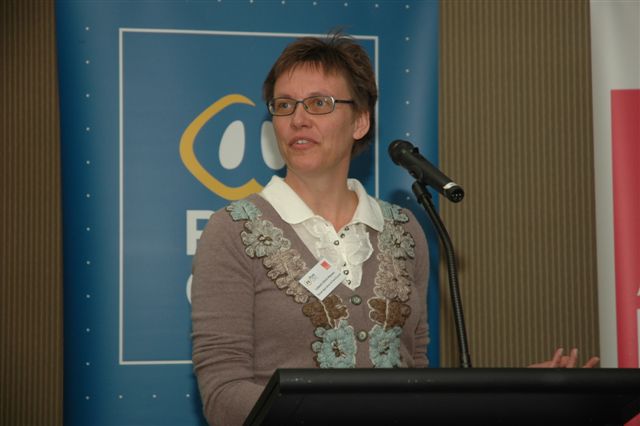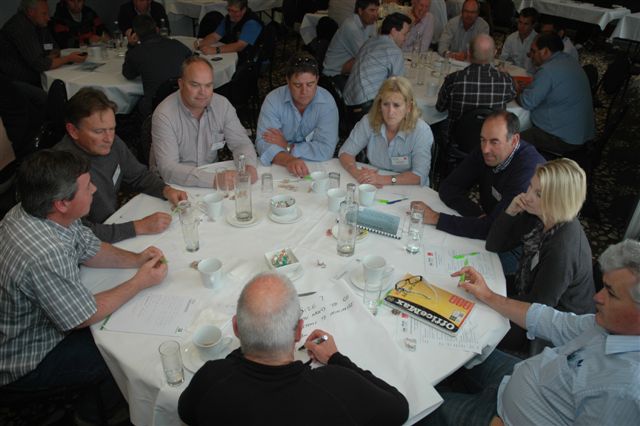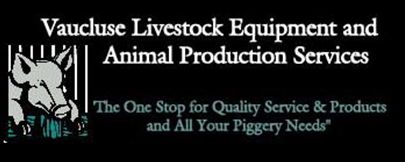Sow Housing Workshops – April 2014
Toowoomba, Queensland – April 2, 2014
Melbourne, Victoria – April 4, 2014
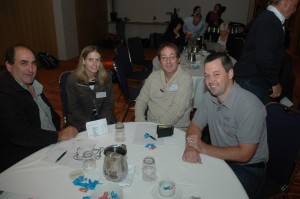
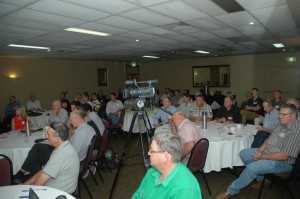 Pork CRC and APL organised two workshops in early April 2014 which were very well attended. As Editor of the Pork CRC/APL manual Mixing sows – how to maximise welfare released at the workshops, Ray King introduced the workshop and outlined the day’s program which would cover group housing strategies for mixing sows post weaning or post insemination. Further details and presentations available here
Pork CRC and APL organised two workshops in early April 2014 which were very well attended. As Editor of the Pork CRC/APL manual Mixing sows – how to maximise welfare released at the workshops, Ray King introduced the workshop and outlined the day’s program which would cover group housing strategies for mixing sows post weaning or post insemination. Further details and presentations available here
SA Pig Day Feb 21 ,2014
Effects of moving to group-housing
Using the data generated from the 23 participating farms in the Pork CRC benchmarking project, the presentation showed that while the majority of participants have changed to group housing, they have done so quite recently and that the real impact will not be evident until the 2013-2014 data are analysed, and even later for some herds.
The change to group housing may well be the cause for the lack of improvement in the number of pigs weaned per sow/year in 2012-2013, but the results for producers who changed some time ago seem to indicate that there is a decline in reproductive performance during, and for a period after the change is made, but the before and after (longer term) differences in reproduction are small, with the main effect being on conception rate.
The majority of those who have changed mentioned it took staff some time to adapt to change and to get the new system to work.
Group Housing Solutions Workshops – October 2012
Toowoomba, Queensland Oct 16-17, 2012
Melbourne, Victoria – Oct 18-19, 2012
Getting Gestating Sow Housing Right
Put 160 focussed and committed minds, some belonging to world acclaimed authorities, together for a total of three days to discuss how best to improve sow and piglet welfare by employing group housing systems and you’re bound to get a variety of views, some challenges and maybe some solutions.
Such was the case in Toowoomba and Melbourne when a $100,000 initiative of the Board of the CRC for High Integrity Australian Pork to investigate what’s happening commercially and in science and research culminated in workshopping the whys and wherefores of what works and, indeed, what doesn’t. The workshops align with Pork CRC Program 1, Confinement Free Sow and Piglet management, which recognises and addresses the significant industry decision to voluntarily phase-out sow gestation stalls by 2017 and some retailer requests to be stall free even earlier.
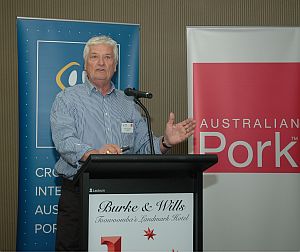
Opening the Toowoomba Group Housing Solutions Workshop on behalf of Pork CRC and APL, Pork CRC CEO Dr Roger Campbell suggested that what really counts is how space is used and how sows are managed.
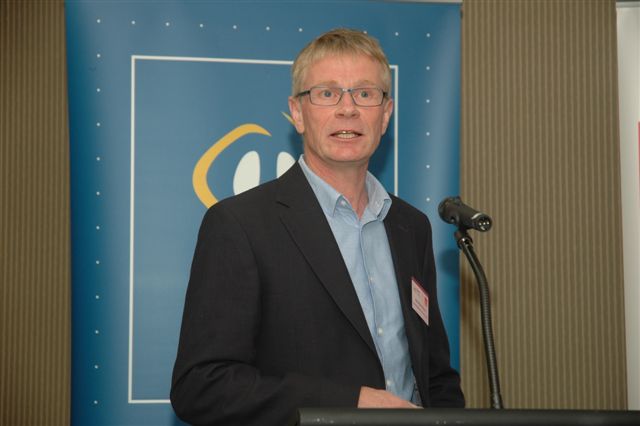
Dr Niels-Peder Nielsen and Dr Lisbeth Hansen, invited presenters from the Danish Pig Research Centre
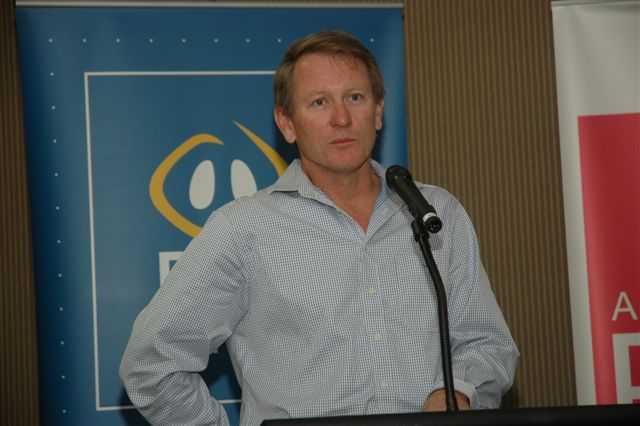
Neil Ferguson – Westpork and Tony Dipetro & Ian Connaughton – Don KRC presented on industry initiatives for group housing of sows
Lessons learned
– Group housing works for sows weaned into mating pens for up to 5 days after mating or those weaned into groups.
– There is no one way of successfully housing gestating sows in groups. Australian producers are achieving good reproductive performance with electronic feeding systems with large dynamic groups and in smaller static groups with floor feeding or trough feeding in pens fitted with full body stalls. The feeders differ as does the design of the sheds and how they are managed.
– With electronic sow feeders – training older sows is a challenge – but once trained they have good memories.
– Take everything into consideration in the design of a group housing system –the design is critical to success and information is available –message from Ian Hill
– Most producers saw a decline in reproduction during the transition from stalls to group housing so important to plan how sows will be housed and fed during the transition. It was clear that if not fed appropriately sows will not perform.
– Space and how it is used is critical for success though the floor space varied considerably across units.
– Space recommendations vary with group size (reduces with group size) – presentation by Lisbeth Hansen
– Good stockman ship is critical to success
– Hospital pens are critical for success and recommendations provided by the Danes –presentation by Lisbeth Hansen.
– Information still required on mixing sows , the value of higher fibre diets and how to use the fact that sows adapt rather quickly to mixing/groups – based on behaviour and other indicators of welfare/stress.
The presentations given at the workshops are all available through the links below – all the producer presentations show where they were and are now, and have some simple but very important messages on how to make it work.
If you have questions please email Graeme Crook and we will ensure that you are connected to the best person to answer your query. The contact details for all the researchers and equipment supply companies’ involved will also be available shortly. Feel free to contact them or log your question(s) on the site – we will get an answer!
Excellent and informative few days and our thanks goes to all those involved.
|
Event Photos

Melbourne Participants
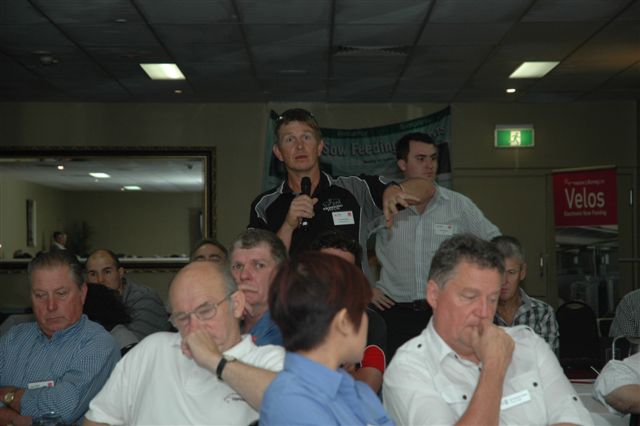

Discussion groups at the two workshops
Supplier Contacts
Ben Slots 03 9462 4266 or 0418 388 842
Doug Pearson 03 5429 6458 or 0408 735 185
Mike Andersen 08 8752 0777 or 0427 230 350
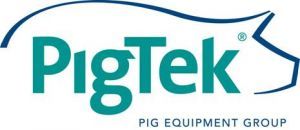
Jeremy Whitby 07 4635 4604 or 0429 354 604
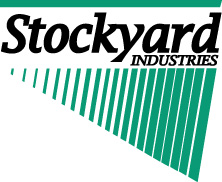
Marcus Jones 07 4697 3344 or 0427 601 605
David Reu 08 8380 5672 or 0427 791 734
Recent Research
Boar contact and split weaning: effects on oestrus expression during an extended lactation
APN Article – June 2012 issue – p18
Balancing welfare and pig industry production needs
Sow Sociology Study – 1C-102 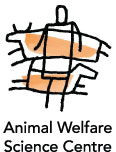
Case Studies – Australia
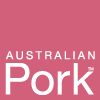
Pig Bytes Newsletter Issue 12, January 2012
 |
NSW DPI and Vic DPI Publication




